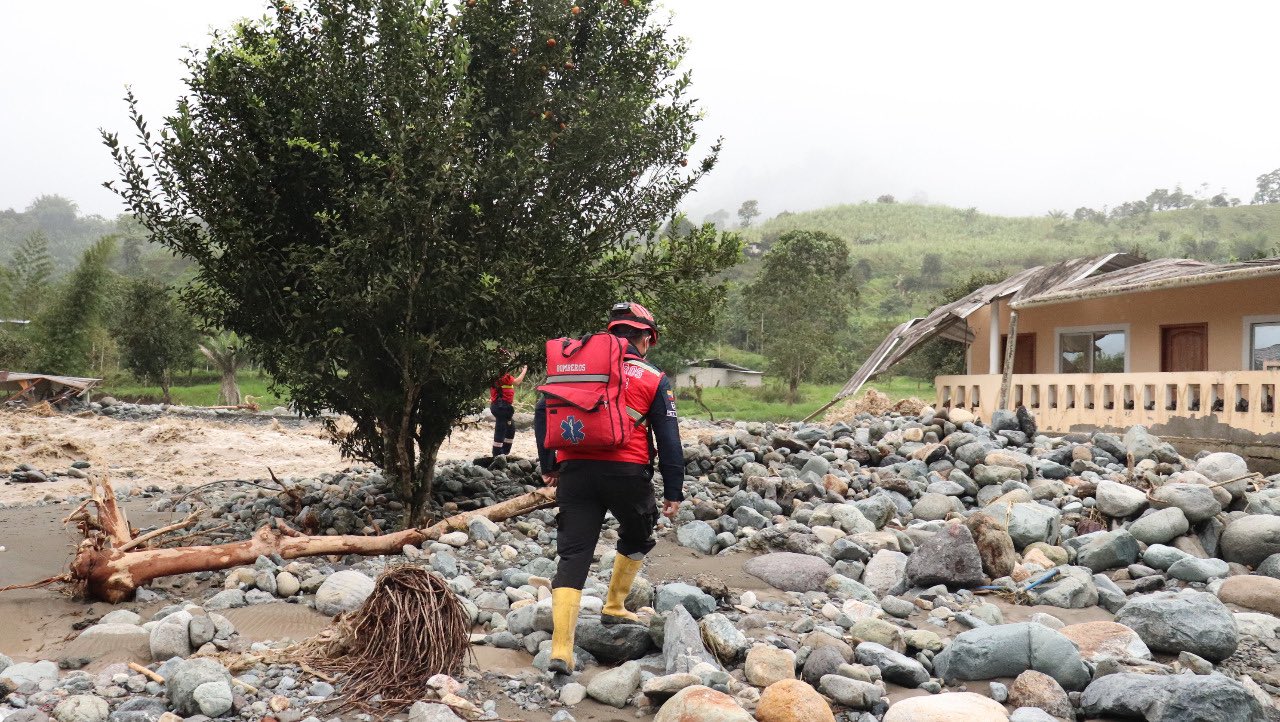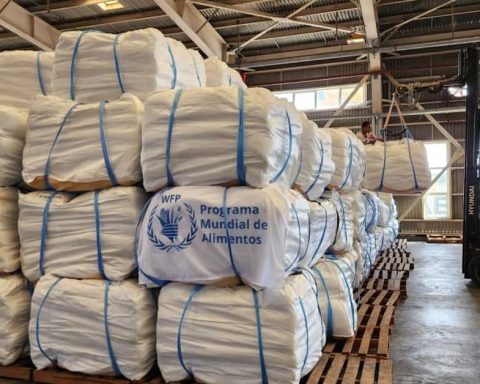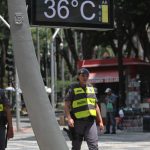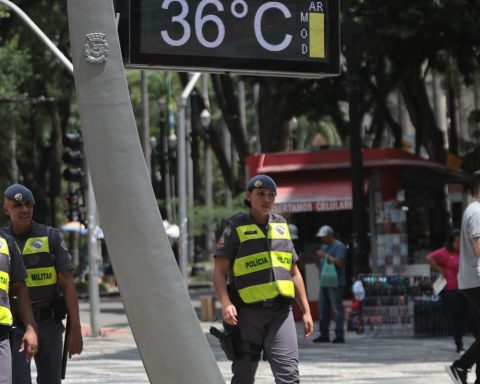On January 31, 2022, the Inamhi reported that there would be very high rainfall in 14 provinces that day. So far, in six the winter season has caused damage.
At 06:56 a.m. on January 31, 2022, the Institute National Meteorology and Hydrology (Inamhi) announced that there would be “very high” rains that day, which could cause flooding in 14 provinces of the country. 12 hours later the flood occurred that has left 25 dead in Quito. Pichincha is one of the provinces mentioned in the weather forecast bulletin.
The Risk and Operations management expert, Claudio Pérez, says that this is a first indicator of the lack of an action plan. “What flood prevention plan did Quito activate that day? None”, he answers and questions.
“If there was a plan, in high-risk areas it should be evaluated how many people to evacuate or send basic messages. For example, tell people not to go out in the face of floods, not to try to go against the current with the car. They are things that people do not know, ”he adds.
But Pichincha is not the only province affected by the rains, nor is it the only one without a prevention plan. In Quito, the alluvium that plunged the city into mourning occurred –according to Municipal authorities– due to heavy rains; although experts detail that the event entails a series of actions and omissions.
Guayas
On Wednesday, January 26, 2022, the Durán canton registered 116 millimeters of rain, although a maximum of 80 millimeters per day was expected in the province of Guayas.
The rainfall caused flooding in Guayaquil and Durán. Damage to affected homes was reported in six cantons. Only in Daule there are 200 affected families.
The testimonies of the citizens agree that it is a problem that is repeated every year.
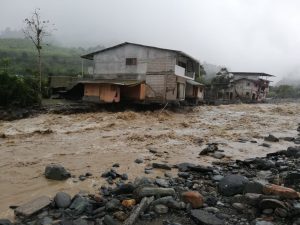
Cotopaxi
The rains of January 27, 2022 washed away a section of the E35 road Pujili-La Maná, in the El Eden sector.
In January, 125 milliliters of water accumulated in the province. This caused the Pilaló river to overflow. In the same province, the Quindigua river flooded the Pucayacu parish, where a hundred families were evacuated.
The rains caused flooding in the cantons of Pujilí, Pangua and Sigchos, where people were left incommunicado due to landslides.
Canar
In Cañar, on January 29, 2022, there was intense rainfall in La Troncal. The Bulu Bulu River overflowed its banks and although no casualties were reported, there are infrastructures, such as houses and bridges, affected.
The rivers
In Quevedo there is concern that the river will overflow, as the level reached a height of one meter.
The Cantonal Emergency Operations Committee (COE) and Risk Management was activated in the face of possible effects that may arise and declared an orange alert.
In the Cruz María sector of the San Camilo parish, the inhabitants were evacuated.
What causes heavy rains?
Between October and December 2021, on the Pacific coasts there was a cooling of the temperature. While in January 2022, the waters off the coast of Ecuador were warmer due to the winds that came from the north. “This warming and humidity generated the heavy rains of the last few days, despite the fact that a period of drought was expected, according to the first forecasts,” explained Bolívar Erazo, executive director of Inamhi.
The institute indicates that until February 3, high intensity rains and electrical storms are expected in the interior of the Coast. “It is possible that the river flows will increase and there may even be overflows in the affected areas”, is shown in a bulletin issued by Inamhi.
While for the mountains, with emphasis on Quito, low temperatures are forecast, but no rain. (AVV)
